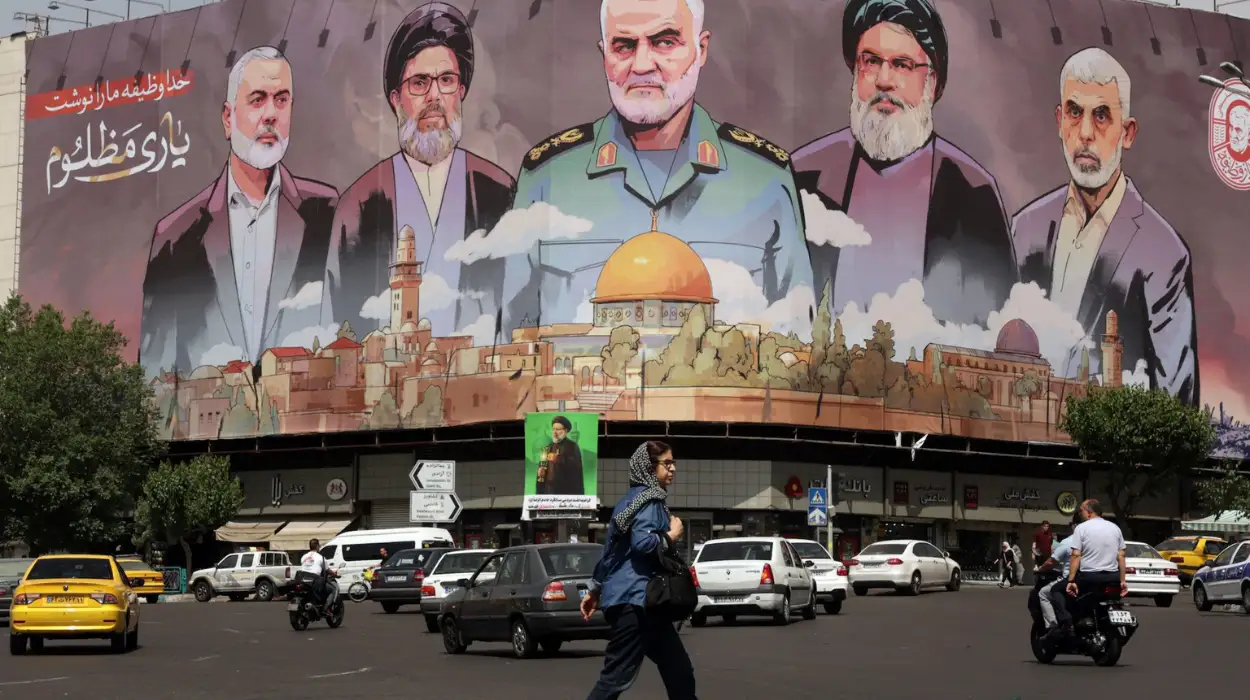Tehran (Parliament Politics Magazine) – Iran has hidden surviving nuclear scientists after Israeli assassinations, as new experts step in despite fears of further attacks.
As reported by The Telegraph, Tehran has moved its surviving scientists into hiding after Israel killed over 30 researchers.
According to an Iranian official, many scientists no longer live in their homes or teach at universities, instead residing in secure villas in Tehran and northern coastal areas with their families.
Israeli sources shared names of over 15 surviving scientists from a list of about 100 targeted, who now face a choice between continuing their work or abandoning it.
What did the Iranian official say about surviving scientists?
The Iranian official stated,
“Most of them are no longer living in their houses – they are either moved to safe houses in Tehran or to the north.”
He added,
“Those who were teaching at universities are replaced with people who have no connection with the nuclear programme.”
What led to Roozbeh Vadi’s execution in Iran?
Concerns over more targeted killings grow as Iran executes a nuclear scientist amid Israeli briefings.
Roozbeh Vadi, who worked at a critical nuclear facility, was accused of passing information to Israel that aided the killing of fellow scientists during the 12-day conflict.
What did Israeli experts say about Iran’s new generation of nuclear scientists?
Israeli experts say Iran’s nuclear experts are ready to continue work despite recent killings. Even with safe houses and 24/7 protection, they’re called “dead men walking.”
They said Iran’s nuclear program is run with each key scientist backed by at least one deputy, operating in small groups to maintain continuity in case of attack.
Israeli sources fear surviving scientists have stepped into roles left by fallen colleagues within Iran’s nuclear weapons efforts at the Organisation of Defensive Innovation, or SPND.
Experts say the group includes specialists in explosives, neutron science, and warhead development.
What did Ronen Solomon say about Iran’s nuclear missile program?
Israeli intelligence and defence analyst, Ronen Solomon, said,
“The figures who remain have worked on adapting Shahab-3 missiles for nuclear warheads, and are critical to Iran’s ability to deploy nuclear weapons.”
He added,
“While the eliminated scientists focused more on warhead design, the expertise in delivery systems makes those who remain equally strategic targets for Israel, as Israel’s June 2025 strikes also targeted ballistic missile infrastructure.”
Israeli intelligence reports that Iran’s nuclear program is deeply integrated into its universities and academic institutions. This prompted recent attacks on Shahid Beheshti and Imam Hossein universities, both in Tehran and linked to Iran’s military and nuclear programs.
What did Danny Citrinowicz say about Iran’s remaining nuclear scientists?
Danny Citrinowicz, former head of the Iranian strategic desk at Israeli Defence Intelligence, said the surviving scientists now face a critical choice.
He said,
“They saw what happened to their colleagues, and as we learned from 2010 when we eliminated the other scientists, it’s not changing their way of thinking in terms of their willingness to support the regime.”
Mr Citrinowicz added,
“Those who are left will be at the forefront of any Iranian attempt to reach a nuclear bomb, hence they will automatically become targets for Israel, as Israel has shown in the past. I do not doubt it. Any scientist who deals with the nuclear issue will be eliminated or will be threatened with elimination.”
What did Seyed Alireza Sadighi Saber say about Iran’s nuclear policy and scientist protection?
Seyed Alireza Sadighi Saber, at a funeral for victims of Israel’s June attack, urged Iran to leave the Nuclear Non-Proliferation Treaty and review its nuclear weapons policy.
He stated,
“If Iran had the will to build nuclear weapons, it would certainly have achieved it within two years, but because the peaceful path was chosen, the enemy began successive assassinations of scientists, commanders and elites to stop scientific progress.”
Mr Saber said,
“These individuals had no military activities and their scientific projects were completely under IAEA [International Atomic Energy Agency] supervision and within the framework of peaceful nuclear programmes.”
He urged Supreme Leader Ali Khamenei and other officials to check and improve the safety rules for Iran’s scientists and researchers.
Who were the victims of Israel’s June strikes in Iran?
Mohammad Reza Sadighi Sabre and his family were killed in the Israeli strikes.
Among the victims were his daughter Fateme, aged 19, son Hamidreza, 17, and daughter Mohia, eight years old.
Israel’s June 13 strikes killed several key scientists and experts in nuclear physics and medicine. Among them was Hossein, one of Iran’s top specialists in radiopharmaceuticals.
Iran’s stance on its nuclear programme?
The Iranian government denies running a nuclear weapons programme, saying it is only for civilian purposes.
Iran’s nuclear research is deeply rooted in its academic institutions, including sites like the Weizmann Institute of Science. Many of these scientific projects have dual applications, with much of the work holding potential military uses.
Abbas Araghchi’s views on Iran’s nuclear enrichment program
Iran’s foreign minister, Abbas Araghchi, said,
“It is stopped because, yes, damages are serious and severe. But obviously, we cannot give up on enrichment because it is an achievement of our own scientists. And now, more than that, it is a question of national pride.”
What did Donald Trump say about potential strikes on Iran’s nuclear sites?
Donald Trump issued a warning that the US could launch further strikes on Iran’s nuclear sites.
His remarks came after Abbas Araghchi said Tehran cannot halt its nuclear programme following recent bombings.
Referring to Mr Araghchi’s remarks, he posted on his Truth Social platform, saying,
“Of course they are, just like I said, and we will do it again, if necessary!”


